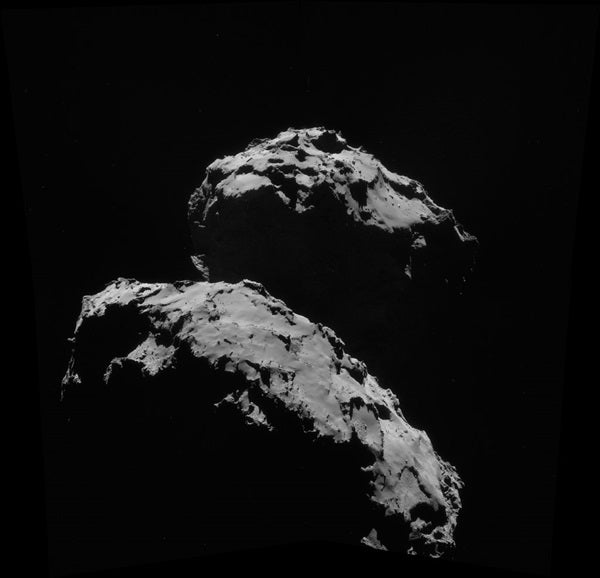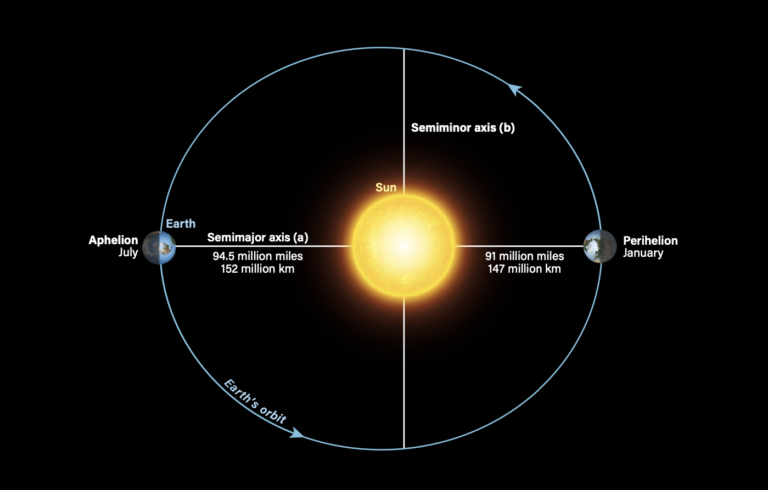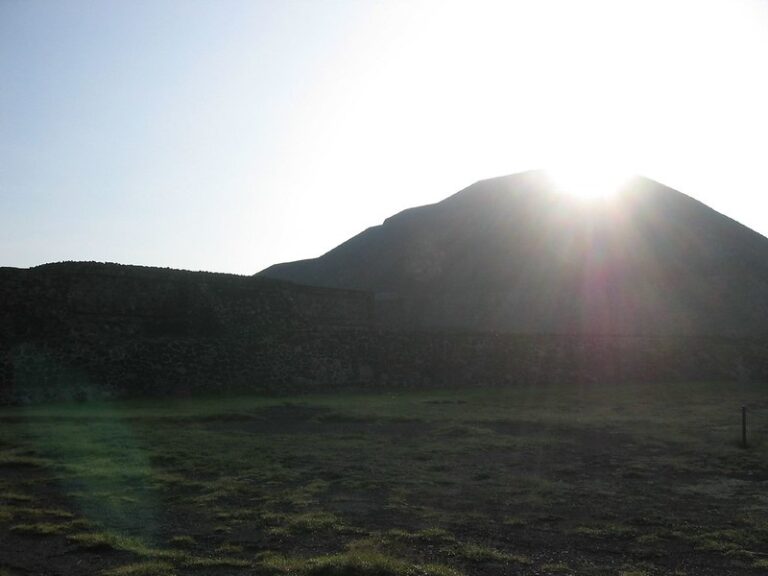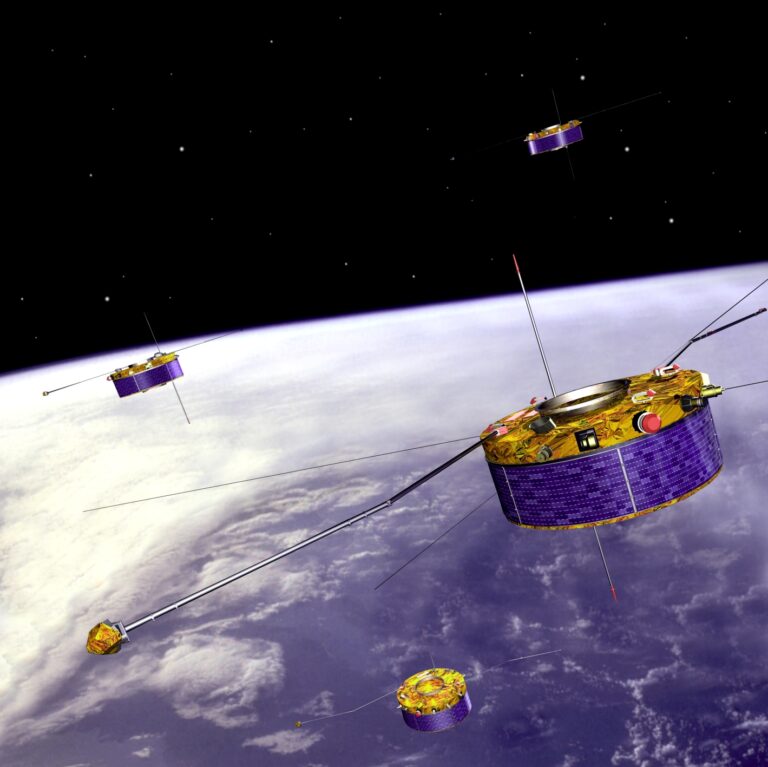On August 6, the European Space Agency’s (ESA) Rosetta probe began orbiting Comet 67P/Churyumov-Gerasimenko. In early September, mission controllers lowered the spacecraft’s orbit to an altitude of about 18 miles (30 kilometers), where Rosetta began its “Global Mapping Phase.” At the end of the month, the spacecraft executed another maneuver to lower the orbit to 12 miles (20km).
The reconnaissance of the comet’s surface included the search for a landing site for Rosetta’s companion probe, Philae. On September 15, ESA announced that scientists had chosen a spot on the comet’s “head” — the smaller of the two lobes that make up the bulk of the 2.5-mile-long (4km) comet. The site excites scientists because it shows hints of nearby cometary activity, and it thrills engineers because it appears to pose little risk to the lander making a successful touchdown. On September 26, ESA set November 12 as the target date for deploying Philae.
Here we present some of Rosetta’s best images of Comet 67P/Churyumov-Gerasimenko and the Philae landing site taken during September.










